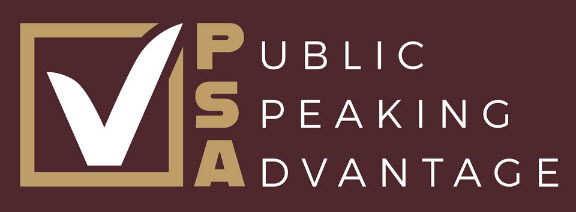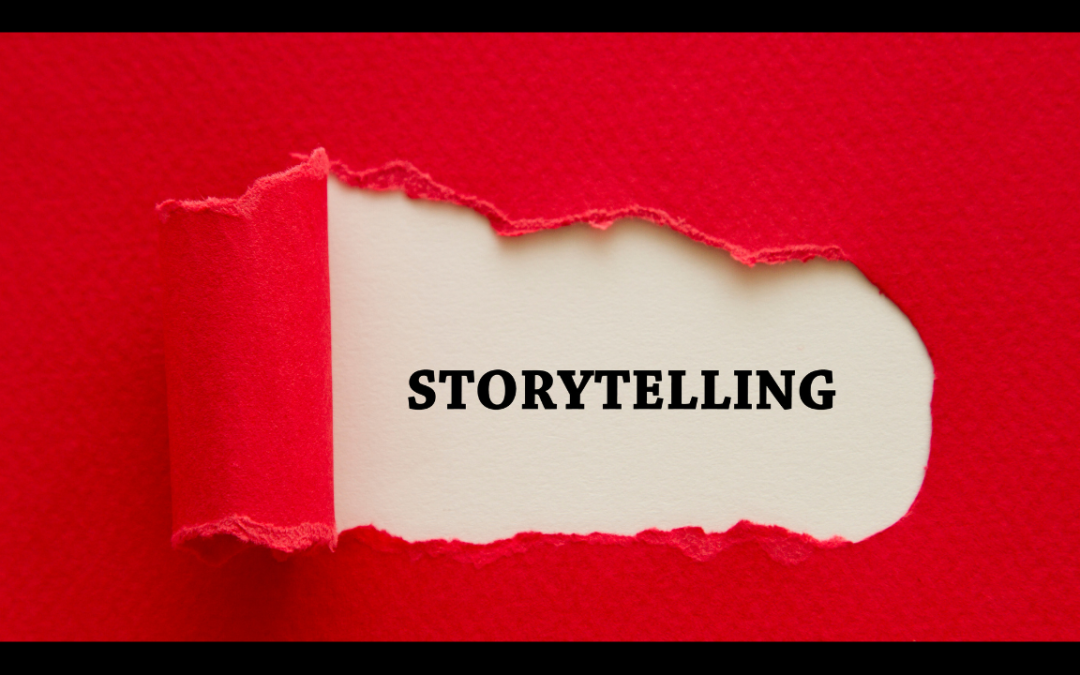I believe everyone can be a good storyteller. You just need to know how to structure, prepare, and deliver then the right way. In a good Public Speaking Class, you’ll learn that the way you start is the same way you finish. A good story sets up the listener with a sense of anticipation. Use an opening statement or questions that gets repeated, or answered, at the end on the story. Make it clear what the relevance is to your listener.
Stories In Your Back Pocket
Having prepared stories in your back pocket makes it easier to be confident at a networking event, a job interview, even a dinner party or any social gathering. I’m not saying you will always have an opportunity to tell all of your stories. But knowing that you have these three is knowing that you have multi-purpose stories at your disposal.
There are three important stories that you will be required to prepare for your Public Speaking Class.The first is the Mentor Story, which describes a person who had an impact on your life. Think of the person that took you under their wing, or pointed you in the right direction. It could be a teacher, a co-worker, a manager, a fellow student, or a family member. Take the time to describe that person’s unique qualities. Use their first and last name when detailing your relationship to them. The telling of this story shows gratitude and an understanding of the importance of one day being a mentor to someone else.
The second story to prepare is the Reluctant Leader Story. It should not be based on a title or job responsibilities. Recall a situation where someone had to step up and you decided to take the bull by the horns. Any past experience where others looked to you for guidance and leadership is a story worth telling. You might have cared for younger siblings, organized a fundraiser, or promoted the need for community improvement.
The third important story is the Overcoming Challenges Story. This story should describe a time in your life when you became aware that additional effort was required in order to accomplish a goal. Make sure you recount in detail how you became aware of the challenge, how you came to accept the challenge, and the steps you decided to take.
One Length Does Not Fit All
These stories will often need to be told in several different lengths, depending on the scenario. Your Public Speaking Class is where you learn that average storytelling time for common speaking events: a networking events is usually the shortest at two minutes or less. A good job interview should last only three to four minutes. Sharing stories with someone seated next to you at a dinner party is when you’re free to add much more detail. The stories stay the same, and the structure stays the same. It’s the amount and depth of details that change. Be prepared to adjust to the right storytelling length for the right scenario.
Listening Satisfaction
Stories are the best way to get someone’s attention and hold on to it. By preparing and practicing in your Public Speaking Class, you’ll be able to give yourself permission to recognize the moment and launch into a story that satisfies any audience.


Recent Comments